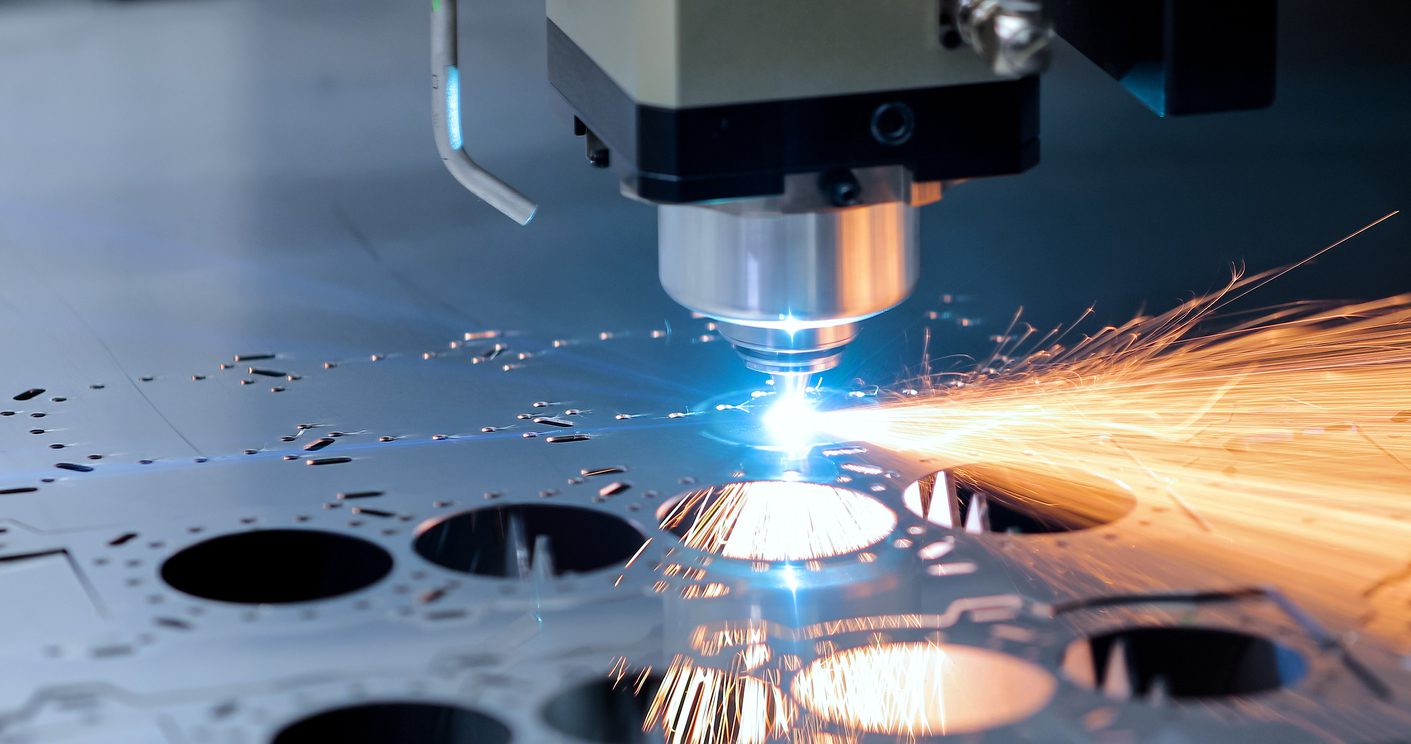In today’s rapidly evolving world, automotive electronic components play an indispensable role, significantly impacting both the design and functionality of modern vehicles. As the automotive industry continuously pushes towards innovation, understanding these components becomes increasingly crucial for exporters and importers looking to thrive in this competitive market. In this article, we will explore the essential aspects of automotive electronic components, unravel their significance, and examine their future potential.

The Basics of Automotive Electronic Components
Automotive electronic components are pivotal to the operation and success of modern vehicles, providing improved performance, safety, and efficiency. These components are responsible for controlling various functions, ranging from engine management systems to advanced driver-assistance systems (ADAS). Exporters and importers must prioritize gaining comprehensive insights into these elements, securing their place in the automotive value chain.
Importance of Electronic Components in Modern Vehicles
With a growing demand for advanced features and enhanced safety, the reliance on electronic components in vehicles has solidified. These components, which include sensors, microcontrollers, and software processors, are integral to delivering enhanced vehicle functionalities and features that meet modern consumer expectations. Recognizing the significance of these components unlocks a promising future for industry stakeholders looking to supply or procure automotive electronic components.
Top Electronic Components in the Automotive Industry
- Engine Control Units (ECUs)
- Advanced Driver-Assistance Systems (ADAS)
- Infotainment Systems
- Sensors and Actuators
- Battery Management Systems
- Electric Control Modules
Each of these components plays a vital role in enhancing vehicle performance and implementing cutting-edge features, thereby improving safety and efficiency.
Trends Shaping the Automotive Electronic Components Industry
The automotive electronic components industry is witnessing significant growth, driven by technological advancements and evolving consumer preferences. It is essential for exporters and importers to stay updated with these ongoing trends to capture emerging opportunities in the global market.
The Rise of Electrification
With increasing emphasis on sustainability and stringent emission regulations, the shift towards electrification of vehicles is intensifying. Exporters and importers must be aware of the rising demand for electronic components that support electric and hybrid vehicles, which include high-voltage components and battery management systems.
Integration of IoT and Connectivity
The integration of the Internet of Things (IoT) and enhanced connectivity is revolutionizing the automotive industry by enabling real-time data exchange and communication between vehicles and external devices or networks. This advanced ecosystem drives the demand for sophisticated electronic components, leading to enhanced user experience and safety features.
The Role of Artificial Intelligence in Automotive Electronics
Artificial Intelligence (AI) is making significant inroads into vehicular systems, inhibiting functions such as autonomous driving and predictive maintenance. The seamless integration of AI with automotive electronic components opens up avenues for exporters and importers to tap into the burgeoning market for AI-powered vehicle electronics.
Challenges Faced by Exporters and Importers
Despite the promising outlook, the automotive electronic components industry faces certain challenges. Exporters and importers must navigate these obstacles to ensure continued success and growth.
Component Design and Diversification
Ensuring the compatibility and diversification of components is crucial, as the automotive industry witnesses evolving specifications and standards. Exporters and importers should partner with manufacturers that prioritize design flexibility to meet diverse client needs.
Supply Chain Disruptions
The global supply chain is often susceptible to unforeseen disruptions, which can impact the timely availability and delivery of automotive electronic components. Implementing agile and efficient supply chain practices is essential to mitigate these challenges.
Future Outlook for Automotive Electronic Components
The future of automotive electronic components is promising, driven by innovations in technology and a shift towards electric and autonomous vehicles. Exporters and importers who proactively embrace these changes can anticipate significant opportunities in the automotive electronics market.
Impact of Emerging Technologies
Technological advancements, including nanotechnology and advanced materials, are redefining the landscape for electronic components in the automotive industry. These emerging technologies promise reduced costs, enhanced performance, and increased efficiency.
The Growing Demand for Sustainable Components
Consumers are becoming increasingly conscious of sustainability, urging manufacturers to adopt eco-friendly practices in their production processes. Exporters and importers committed to promoting sustainable electronic components are likely to gain an edge in the global market.
Learn more about the integration of electronics in vehicle systems and how they are shaping the future of automotive technology.
Conclusion
As the automotive industry continues to evolve, understanding the significance of automotive electronic components is paramount for exporters and importers involved in this dynamic sector. By adapting to market trends, navigating challenges, and embracing innovations, industry stakeholders can position themselves to thrive in this vibrant market.

FAQ Section
What are automotive electronic components?
Automotive electronic components refer to electronic devices and systems embedded in vehicles to control and improve various functions, including safety, performance, and infotainment.
Why are electronic components vital in modern vehicles?
Electronic components enhance safety, improve fuel efficiency, and enable advanced features, meeting the growing consumer demand for technologically advanced vehicles.
How are exporters and importers affected by trends in automotive electronic components?
Exporters and importers must stay informed about industry trends, such as electrification and IoT integration, to capitalize on emerging market opportunities in the automotive electronics sector.


